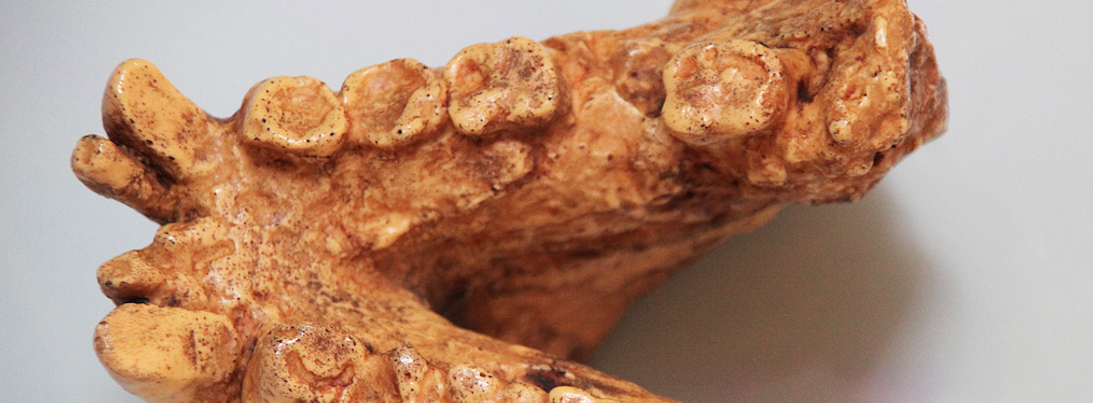New Scientist
Image: Tim Evanson
It was fruit killed the beast. Gigantopithecus, the largest known ape, may have been wiped out by a diet of fruit containing little nourishment.
Nearly 80 years ago, Dutch anthropologist Gustav Heinrich Ralph von Koenigswald discovered a giant human-like tooth in a drug store in Hong Kong, and named the animal it came from Gigantopithecus.
Since then, thousands more large teeth – and three jawbones – have come to light in southern Asia. They show that Gigantopithecus stood up to 3 metres tall, making it the largest known ape, and was probably related to orang-utans. But why it went extinct remains unclear.
Now Yingqi Zhang of the Chinese Academy of Sciences’s Key Laboratory of Evolutionary Systematics of Vertebrates in Beijing has analysed 17 newly discovered Gigantopithecus teeth. At less than 400,000 years old, they are among the youngest remains of the ape ever found, meaning they belonged to some of the last of the giant apes to walk the Earth.
Many of the teeth were eroded. This poor dental hygiene hints at a problem with their diet, says Zhang. “There was something wrong before Gigantopithecus‘s extinction, and I think it comes from the food.” Read more on newscientist.com…








